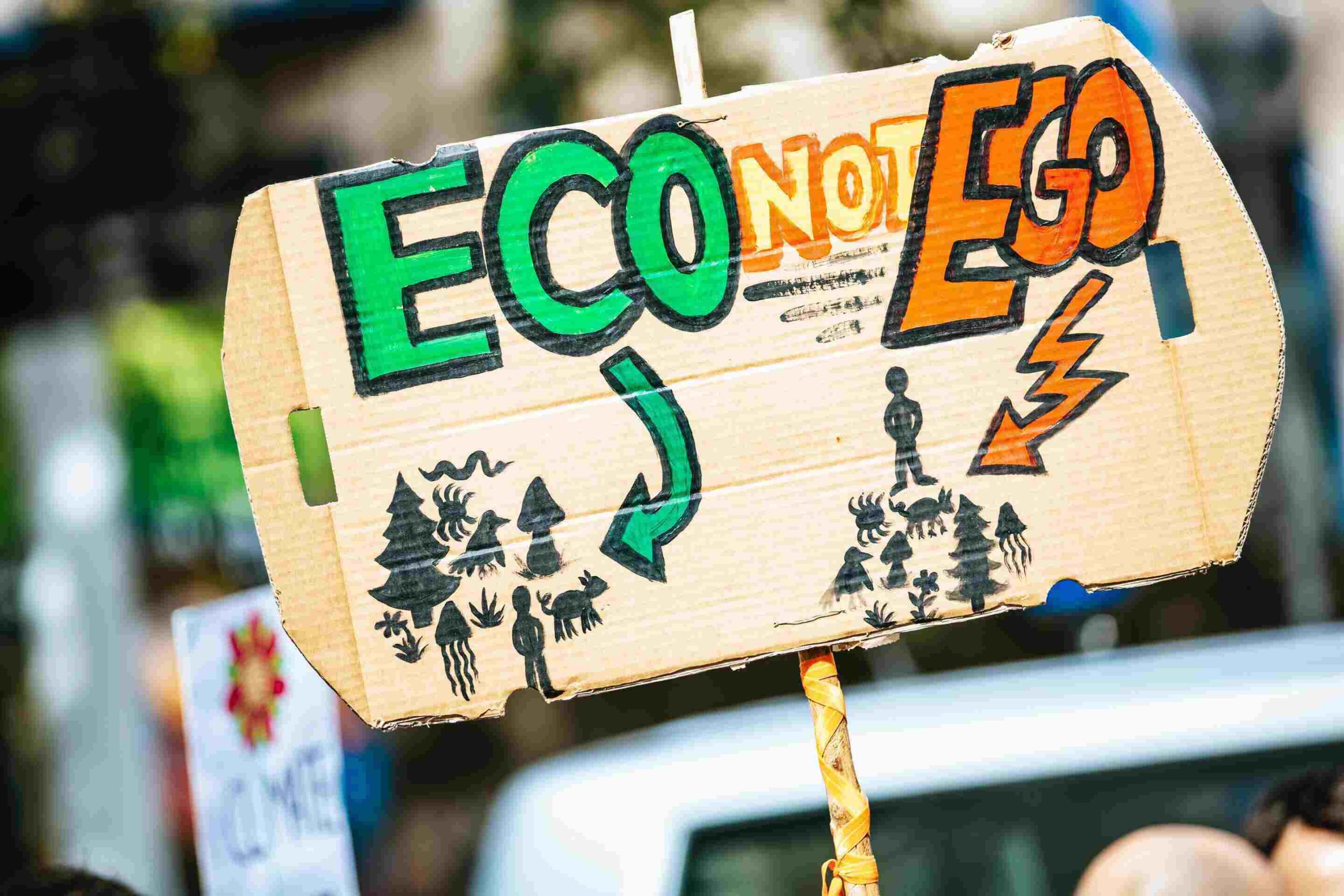
How Clean and Environmentally Friendly Brands Can Find Sustainable E-Commerce Solutions
As sustainability becomes a growing concern for consumers, clean and environmentally friendly brands are seeking sustainable e-commerce solutions that align with their values. These brands understand the importance of minimizing their environmental impact throughout the entire supply chain, including their e-commerce operations.
Packaging and shipping
Packaging and shipping are significant areas where environmentally friendly brands can focus on sustainability in e-commerce. Traditional packaging materials such as plastic bubble wrap and Styrofoam peanuts aren’t environmentally friendly products and contribute to waste. Clean brands can explore alternatives like biodegradable or recyclable packaging materials made from recycled or renewable resources. Additionally, right-sized packaging can minimize the use of excess materials and reduce shipping costs and emissions. Some sustainable packaging options for clean brands include compostable mailers, recycled cardboard boxes, and packaging materials made from mushroom mycelium or plant-based materials. Collaborating with logistics partners that prioritize sustainable practices, such as optimizing delivery routes to reduce fuel consumption and carbon emissions, can also contribute to a brand’s sustainability goals.
Carbon offsetting and sustainable shipping options
Environmentally friendly brands can further reduce their environmental impact by offsetting the carbon emissions generated from shipping their products. Carbon offsetting is a process where investments are made in projects that aim to reduce or eliminate greenhouse gas emissions, such as reforestation or renewable energy initiatives. Partnering with shipping providers that offer carbon-neutral shipping options or integrating carbon offsetting into their shipping costs demonstrates a commitment to sustainability and allows customers to support environmentally friendly brand practices.
Supply chain transparency
Transparency is crucial for clean brands to gain the trust of environmentally conscious consumers. Sharing information about the sustainability practices of their suppliers and partners can help build credibility. Clean brands can conduct thorough audits of their supply chain to ensure compliance with environmental standards and certifications. Communicating these efforts on their e-commerce platforms through product descriptions, brand stories, and sustainability reports can educate consumers about the brand’s commitment to sustainable sourcing and production.
Sustainable materials and product lifecycle
Clean brands often prioritize using sustainable and eco-friendly materials in their products. Communicating the use of these materials in product descriptions, along with information on their recyclability or biodegradability, can help consumers make informed choices. Brands can also encourage customers to recycle or repurpose packaging and provide guidelines for proper disposal. To promote a circular economy, clean brands can explore innovative approaches like take-back programs, where customers can return used products for recycling or repurposing. These initiatives extend the product life cycle and reduce waste, aligning with sustainability goals.
Ethical e-commerce platforms
Choosing the right e-commerce platform is crucial for environmentally friendly brands aiming to find sustainable solutions. Consider platforms that prioritize sustainability and ethical practices, such as those powered by renewable energy or committed to reducing their environmental impact. Some e-commerce platforms specialize in promoting sustainable products, allowing clean brands to reach a targeted audience of environmentally conscious consumers.
Educating consumers
Clean brands can use their e-commerce platforms as a channel for educating consumers about sustainable practices and the environmental benefits of their products. Providing resources, blog articles, and guides on sustainable living, responsible consumption, and eco-friendly practices can engage customers and foster a sense of community around the brand’s values. By empowering consumers with knowledge, environmentally friendly brands can inspire positive changes in behavior and encourage sustainable choices beyond their own products.
Collaborations and partnerships
Environmentally friendly brands can amplify their impact by collaborating with other sustainable brands, organizations, or influencers. Partnering with like-minded businesses can lead to joint marketing efforts, sharing resources, and expanding reach to a wider audience. By joining forces, clean brands can create a collective impact and foster a stronger sustainability movement.
Read more from Ronn Torossian:
Ronn Torossian on LinkedIn
Ronn Torossian on Pinterest
5WPR, Public Relations Insights & PR Firm
Ronn Torossian on Entrepreneur
As sustainability becomes a growing concern for consumers, clean and environmentally friendly brands are seeking sustainable e-commerce solutions that align with their values. These brands understand the importance of minimizing their environmental impact throughout the entire supply chain, including their e-commerce operations. Packaging and shipping Packaging and shipping are significant areas where environmentally friendly brands can focus on sustainability in e-commerce. Traditional packaging materials such as plastic bubble wrap and Styrofoam peanuts aren’t environmentally friendly products and contribute to waste. Clean brands can explore alternatives like biodegradable or recyclable packaging materials made from recycled or renewable resources. Additionally, right-sized packaging can minimize the use of excess materials and reduce shipping costs and emissions. Some sustainable packaging options for clean brands…